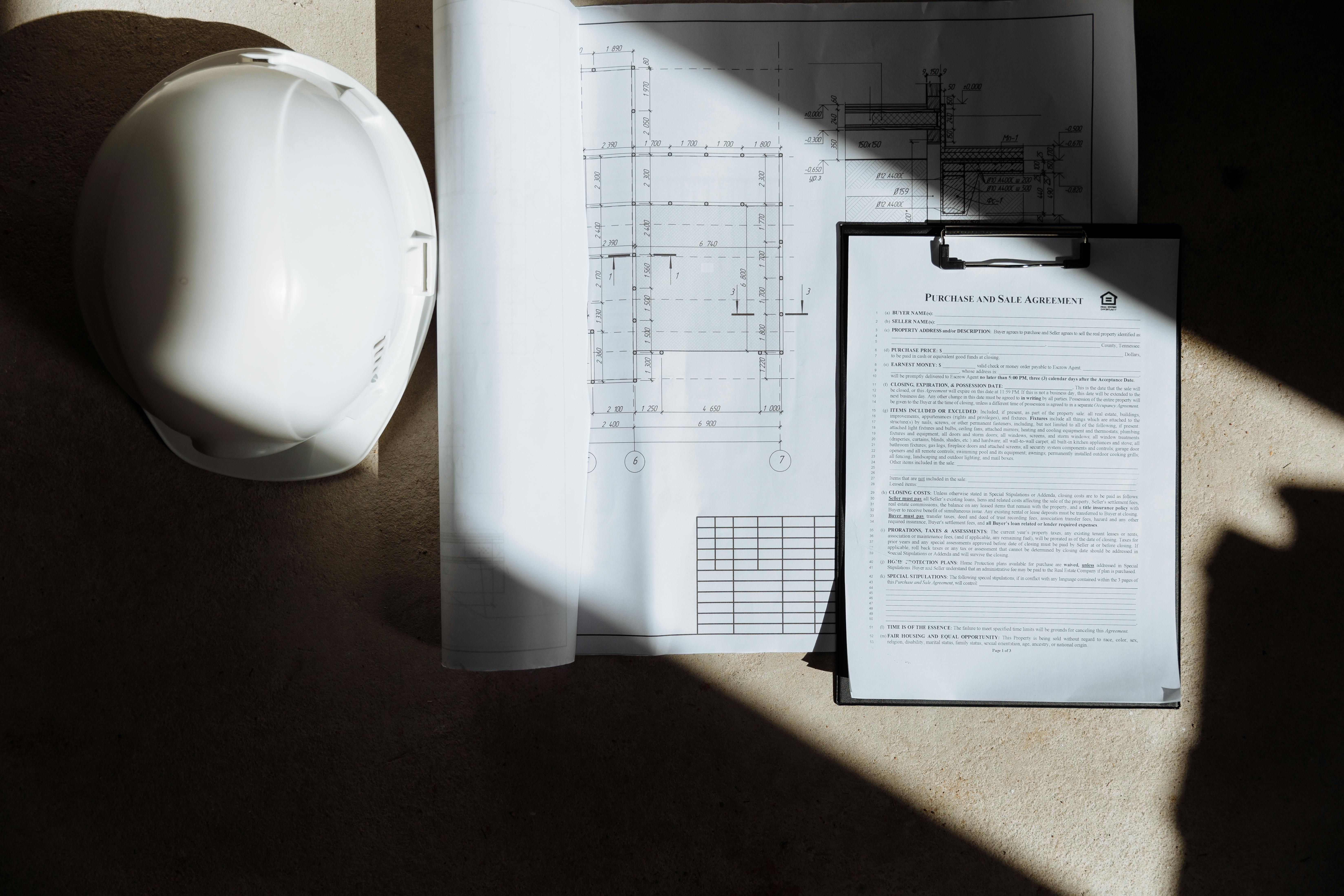1 min read
The Contract Mistake That's Actually Killing Collaboration.
![]() David Stutzman
5/27/25 1:38 PM
David Stutzman
5/27/25 1:38 PM

Why do so many construction projects struggle with delays, miscommunication, and costly rework? The answer is probably lurking in your contract.
If you’re using standard AIA contract documents, the structure of those contracts may be working against you — and costing you time and money.
The Problem with Contracts
AIA contracts put the Architect in control of all communication between the owner, contractors, and consultants. Seemingly convenient and centralized, right? Wrong.
The AIA-prescribed communication flow inevitably bottlenecks, slows down decision-making, and thwarts direct collaboration among team members. The result: slow answers, missed opportunities, and unnecessary conflicts.
At nearly every industry conference — whether it’s CSI, DBIA, AGC, CURT, COAA, or even AIA — the message is clear: we need more collaboration and earlier engagement. So why are our contracts working against us?
The message is clear: we need more collaboration and earlier engagement.
So why are our contracts working against us?
Why Collaboration Matters
Teams solve problems more effectively when the entire project team — owner, designer, contractor, estimator, supplier, and specifier — contributes their expertise. [because the last time we want to hear it is during an RFI meeting]
Collaboration is not difficult. In fact, progress drawings and models are routinely shared among the project team. They are often the dedicated subject of meetings.
On the other hand, progress specifications are rarely shared, except at design milestones, making the specs a "surprise" that skirts team contribution.
The Business Case for Collaborative Specs
What if specifications could also be a collaboration tool? The entire project team must be invited to see, comment on, and contribute to spec development — not just at milestones, but throughout the project.
Do the math. What is the cost of producing a drawing? What is the cost of producing a spec? What is the rework cost of each when a decision is changed?
Collaborative specifications enable faster decision-making, fewer RFIs, and reduced change orders. They allow the project team to align early on solutions — before resources are wasted on rework. Specifications can become a dynamic tool for solving problems, not just documenting decisions.
It’s time to rethink how we use specifications. Stop treating them as a static deliverable. Make them a living, breathing tool for collaboration. Engage the entire team, capture collective expertise, and reduce costly rework.
Cloud-based spec systems enable this level of collaboration. Everyone can access the latest specs, comment in real-time, and align decisions across the team. Fewer mistakes. Faster decisions. Better outcomes.
Want to see how cloud-based specs can transform your project outcomes? Let’s connect — we’ll show you how.
